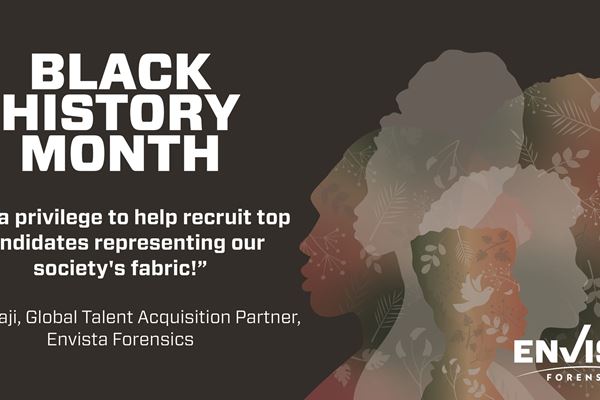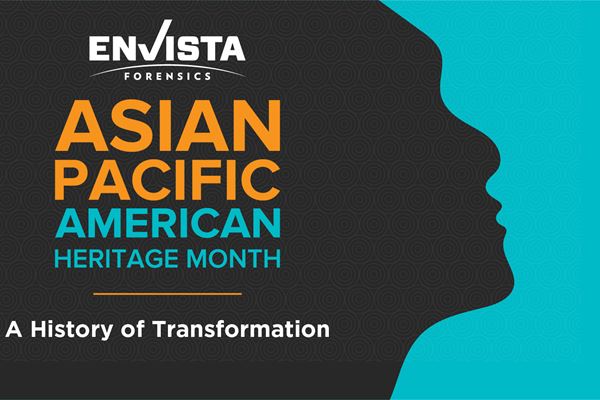A History of Innovation: Black Engineers and their Pioneering Achievements

"A History of Innovation: Black Engineers and their Pioneering Achievements" written by Shelly Latham, LinkEngineering.Org
What do stoplights, long-haul train routes, microphones, and video games have in common? They were all invented or got a significant engineering boost from African Americans.
“African-American men and women have contributed significantly to the creation and development of many of the tools, machines, and devices that have propelled America’s industrial progress and technological achievements,” writes John Slaughter in the introduction to Changing the Face of Engineering: The African American Experience (John Hopkins University Press, 2015).
While history books have often overlooked these contributions, the stories and breakthroughs of black engineers demonstrate the very best of American ingenuity. In this blog, we celebrate Black History Month and recognize some of history’s most notable black engineers. Not only are the engineers listed here ground-breaking innovators and inventors, but they often lacked formal education, financial security, or a receptive audience. These systemic roadblocks make these achievements even more extraordinary.
- Norbert Rilleux (1806-1894)- Rilleaux, who was born into a wealthy Creole family in Louisiana, studied engineering in Paris and later revolutionized the sugar industry when he invented the multiple-effect vacuum evaporator. This machine improved the speed and quality of sugar production, and techniques developed by Rilleaux are used today in the reduction or concentration of saturated liquids into super-saturated liquids, high-density solids, or dry granules.
- Elijah McCoy (1843-1929)- Born in Canada to escaped slaves, McCoy showed interest in mechanics from a young age. At 15, he travelled to Scotland for an apprenticeship in Mechanical Engineering, later returning to Michigan as a certified engineer. Despite his qualifications, McCoy was unable to find work as an engineer and ultimately accepted a position as a fireman and oiler for the Michigan Central Railroad. After studying the inefficiencies in the existing system of oiling axles which required trains to be stopped, McCoy invented a lubricating cup that distributed oil evenly over the engine's moving parts. He obtained a patent for this invention, which allowed trains to run continuously for long periods of time without pausing for maintenance, thus making reliable train service possible. The story goes that many tried to copy his design with disappointing results, leading to the expression “the real McCoy.”
- Granville T. Woods (1856-1910)- Woods left school at the age of 10 to work in a machine shop, but continued his education in his free time, studying electricity. He eventually received training in electrical and mechanical engineering and invented 15 appliances for electric railways including a power pick-up device in 1901, which is the basis of the so-called "third rail" currently used by electric-powered transit systems. Woods's most important invention was the multiplex telegraph, also known as the "induction telegraph," or block system. The device allowed men to communicate on moving trains by voice over telegraph wires, facilitating important communications which dramatically increased train safety. He held over 40 patents for electrical innovations and was recognized in his lifetime for his achievements, earning the nickname "the Black Edison.
- James West (b. 1931)- West had a passion for taking apart appliances and developed an interest in science and electricity. After college, he began work at the Acoustics Research Department at Bell Laboratories, developing the electret transducer technology with Gerhard Sessler. West and Sessler’s invention made microphones lighter and more responsive, eventually becoming the industry standard. Today, nearly all contemporary microphones- from the ones found in telephones and tape recorders, to the ones in baby monitors and hearing aids- use the technology developed by West. He holds 47 US and more than 200 foreign patents on microphones and techniques for making polymer foil-electrets. West was elected to the National Academy of Engineering in 1998. And both West and Sessler were inducted into the National Inventors Hall of Fame in 1999.
- Gerald Lawson (1940-2011) - Jerry Lawson dabbled in electronics growing up in Queens, repairing televisions for spending money. Although he attended some college, he was largely self-taught. His interest in computing led him to Silicon Valley in the 1970s where he was one of the only black members of the Homebrew Computer Club crossing paths with other members Steve Jobs and Steve Wozniak. Lawson went on to create the first video game console with interchangeable cartridges at Fairchild Semiconductor, paving the way for the future of gaming. A crucial element of the invention was the use of a new processor, the Fairchild 8. Gerald Lawson is considered a pioneer of the gaming industry, ushering in a new era of consumer video games.
- Shirley Jackson (b.1946) - As a young girl, Jackson studied the bees in her backyard sparking a lifelong interest in science. She became the first African-American female PhD graduate of MIT. While working at Bell Labs, Jackson developed inventions that lead to the creation of caller-id and call-waiting, and she went on to become the president of the Rensselaer Polytechnic Institute, a prestigious engineering school. Her impact on society has gone far past her improvement to phone communication, under her leadership RPI has steadily risen in the rankings and continues to produce high-quality engineers. Jackson was elected to the National Academy of Engineering in 2001.
- Mae Jemison (b.1956) - Motivated by a high school teacher who declared that girls weren’t any good at chemistry, Jemison enrolled at Stanford University at age 16, receiving degrees in chemical engineering and Afro-American studies. She went on to get her medical degree from Cornell. Harbouring a secret dream to be an astronaut, she applied to NASA’s training program. Jemison became the first African-American female astronaut sent into space on a shuttle flight in September of 1992. Since leaving NASA, she joined the faculty at Cornell and continues to inspire a new generation of minority students to reach for the stars.
It is clear that meeting the challenges and opportunities of today and the future requires a highly-skilled, diverse, and innovative generation of engineers and experts. If the inspiring stories above tell us anything, it is that tomorrow’s future hinges upon our collective commitment and passion for believing that all students are capable of becoming engineers if provided the proper support and encouragement. Today, organizations such as the NSBE and our nation’s Historically Black Colleges and Universities (HBCUs), support and promote the aspirations of collegiate and pre-collegiate students and technical professionals in engineering and technology. Let us all work together to envision a world where engineering is prevalent in homes and communities of colour, and all students can envision themselves as engineers of tomorrow.
Our experts are ready to help.


